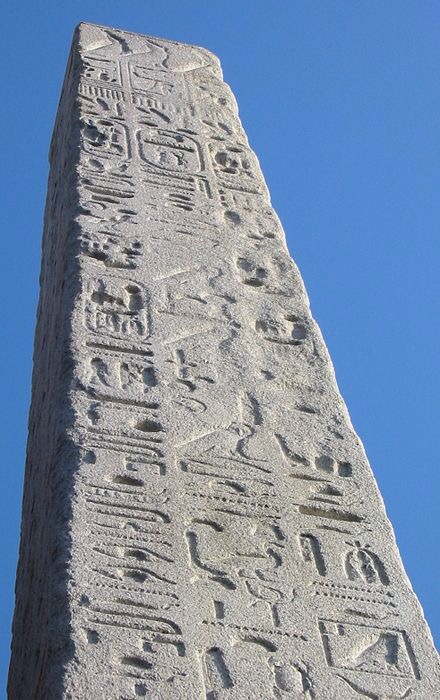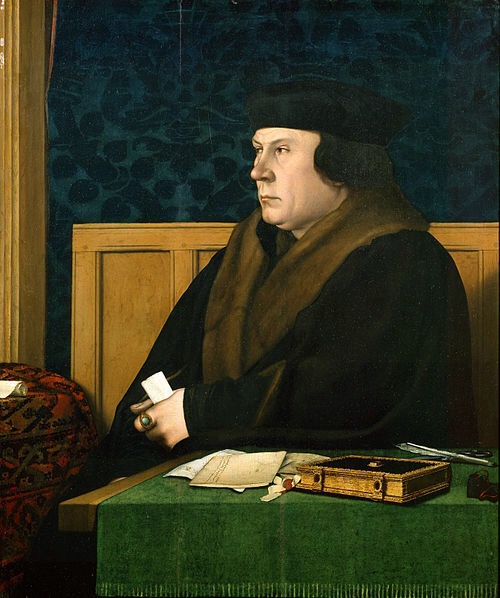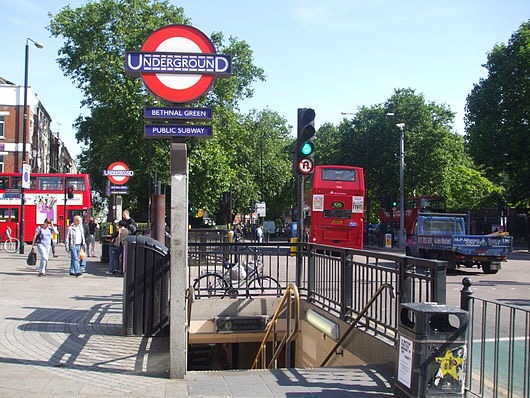
(clockwise from top left): Milton, Pope, Hood, Keats, Gray
Was it something in the water? Wandering around the City of London’s Square Mile I have been surprised to learn that five of England’s greatest poets were born here, within a few hundred yards of each other, in a concentration of poetic genius I would hazard is not surpassed anywhere else in the world.
The lives of the five: John Milton, Alexander Pope, Thomas Gray, John Keats and Thomas Hood, occupied a key period of about 250 years of London’s history from 1600 to 1850. Their poetic styles were very different, and none of them, except perhaps Hood, is remembered particularly as a London writer, but I thought it would be interesting to find out what they had to say about their home city.
John Milton
In 1608, John Milton was born an unquestioned Cockney, in Bread Street just three houses south of Cheapside and the bells of St Mary-le-Bow.

He lived there for three decades and, with a few brief exceptions, spent nearly all of his life in or very near London. His fame in his own lifetime was such that he became a tourist magnet:
Foreigners came much to see him, and much admired him, and offer’d to him great perfermets to come over to them; and the only inducement of severall foreingers that came over into England, was chiefly to see Oliver Protector, and Mr. John Milton; and would see the hous and chamber wher he was borne.
Because Milton’s popular reputation is so heavily geared to Paradise Lost and other biblical poems he is not usually thought of as a London writer. But it is possible to find references here and there. In an early letter to a friend, Milton extols the beauty of London women:
Surrender, you maidens of Greece and of Troy and of Rome…The first prize goes to the British girls. Be content, foreign woman, to take second place! And you, London, a city built by Trojan settlers, a city whose towery head can be seen for miles, you are more than fortunate for you enclose within your walls whatever beauty is to be found in all this pendant world.
…and, later in the same work:
Sometimes the city promenades provided me with entertainment, sometimes the countryside near the outlying houses. A crowd of girls, with faces just like goddesses, go to and fro along the walks, resplendently beautiful… Heedless, I let my eyes meet theirs: I was unable to keep my eyes in check. Then, by chance, I caught sight of one girl who was far more beautiful than all the rest: that radiance was the beginning of my downfall.
Later in his career, in Areopagitica, Milton presents London, which then had the most active publishing industry in the world, as the city of ideas:
Behold now this vast City; a City of refuge, the mansion house of liberty, encompast and surrounded with his protection; the shop of war hath not there more anvils and hammers waking, to fashion out the plates and instruments of armed Justice in defense of beleaguer’d Truth, then there be pens and heads there, sitting by their studious lamps, musing, searching, revolving new notions and idea’s, wherewith to present, as with their homage and their fealty, the approaching Reformation: others as fast reading, trying all things, assenting to the force of reason and convincement.
Alexander Pope
14 years after Milton’s death, in 1688 Alexander Pope was born in a house in Plough Court, off Lombard Street.


Pope’s birthplace in Plough Court
Pope was less polite about London’s women than Milton had been:
A Farewell to London in the year 1715
DEAR, damn’d, distracting town, farewell!
Thy fools no more I’ll tease:
This year in peace, ye Critics, dwell,
Ye Harlots, sleep at ease!
Thomas Gray
In 1716, when Pope had recently completed The Rape of the Lock, Thomas Gray was born, just yards away from Pope’s birthplace in a house on Cornhill.

Gray, who settled as an academic in Cambridge after leaving Eton, wrote little about London. But his works, published in 1807, connect him closely with the next poet on my list. Gray’s publisher was the firm of Vernor, Hood & Sharpe of 31, Poultry whose managing partner, Thomas Hood, was the father of the poet, born there in 1799.

1807 edition of Gray’s works, published by Hood’s father

Thomas Hood
Thomas Hood was a prolific London writer, whose works touch on many subjects topical to Londoners of his day. He wrote of bodysnatchers, the ‘resurrection men’ who would disinter corpses to sell to trainee surgeons:
Don’t go to weep upon my grave
And think that there I be.
They haven’t left an atom there
Of my anatomie.
Hood also wrote famously of London’s dismal Autumn weather:
No sun – no moon!
No morn – no noon –
No dawn – no dusk – no proper time of day.
No warmth, no cheerfulness, no healthful ease,
No comfortable feel in any member –
No shade, no shine, no butterflies, no bees,
No fruits, no flowers, no leaves, no birds
November!
He wrote of working Londoners’ poverty in the slums:
With fingers weary and worn,
With eyelids heavy and red,
A woman sat, in unwomanly rags,
Plying her needle and thread–
Stitch! stitch! stitch!
In poverty, hunger, and dirt,
And still with a voice of dolorous pitch
She sang the “Song of the Shirt.”
“Work! work! work!
While the cock is crowing aloof!
And work—work—work,
Till the stars shine through the roof!
It’s Oh! to be a slave
Along with the barbarous Turk,
Where woman has never a soul to save,
If this is Christian work!”
Finally, Hood’s Sonnet to Vauxhall is a lovely comedy upon the impact of a Victorian fireworks display:
The cold transparent ham is on my fork –
It hardly rains – and hark the bell! – ding-dingle –
Away! Three thousand feet at gravel work,
Mocking a Vauxhall shower! – Married and Single
Crush – rush; – Soak’d Silks with wet white Satin mingle.
Hengler! Madame! round whom all bright sparks lurk
Calls audibly on Mr. and Mrs. Pringle
To study the Sublime, &c.- (vide Burke)
All Noses are upturn’d! Whish-ish! On high
The rocket rushes – trails – just steals in sight
Then droops and melts in bubbles of blue light
And Darkness reigns – Then balls flare up and die
Wheels whiz – smack crackers – serpents twist – and then
Back to the cold transparent ham again!
John Keats

By coincidence John Keats, born in Moorgate in 1795, also wrote a Sonnet about Vauxhall but encountered fireworks of an altogether more sensual kind:
Sonnet. To A Lady Seen For A Few Moments At Vauxhall
Time’s sea hath been five years at its slow ebb,
Long hours have to and fro let creep the sand,
Since I was tangled in thy beauty’s web,
And snared by the ungloving of thine hand.
And yet I never look on midnight sky,
But I behold thine eyes’ well memory’d light;
I cannot look upon the rose’s dye,
But to thy cheek my soul doth take its flight.
I cannot look on any budding flower,
But my fond ear, in fancy at thy lips
And hearkening for a love-sound, doth devour
Its sweets in the wrong sense: — Thou dost eclipse
Every delight with sweet remembering,
And grief unto my darling joys dost bring.
Of course, there are a great many poets who have written about London, but I haven’t been able to find any others who were definitively born in the City of London itself. If you know of any, or of other unusual concentrations of poetic birthplaces, please do let me know!













